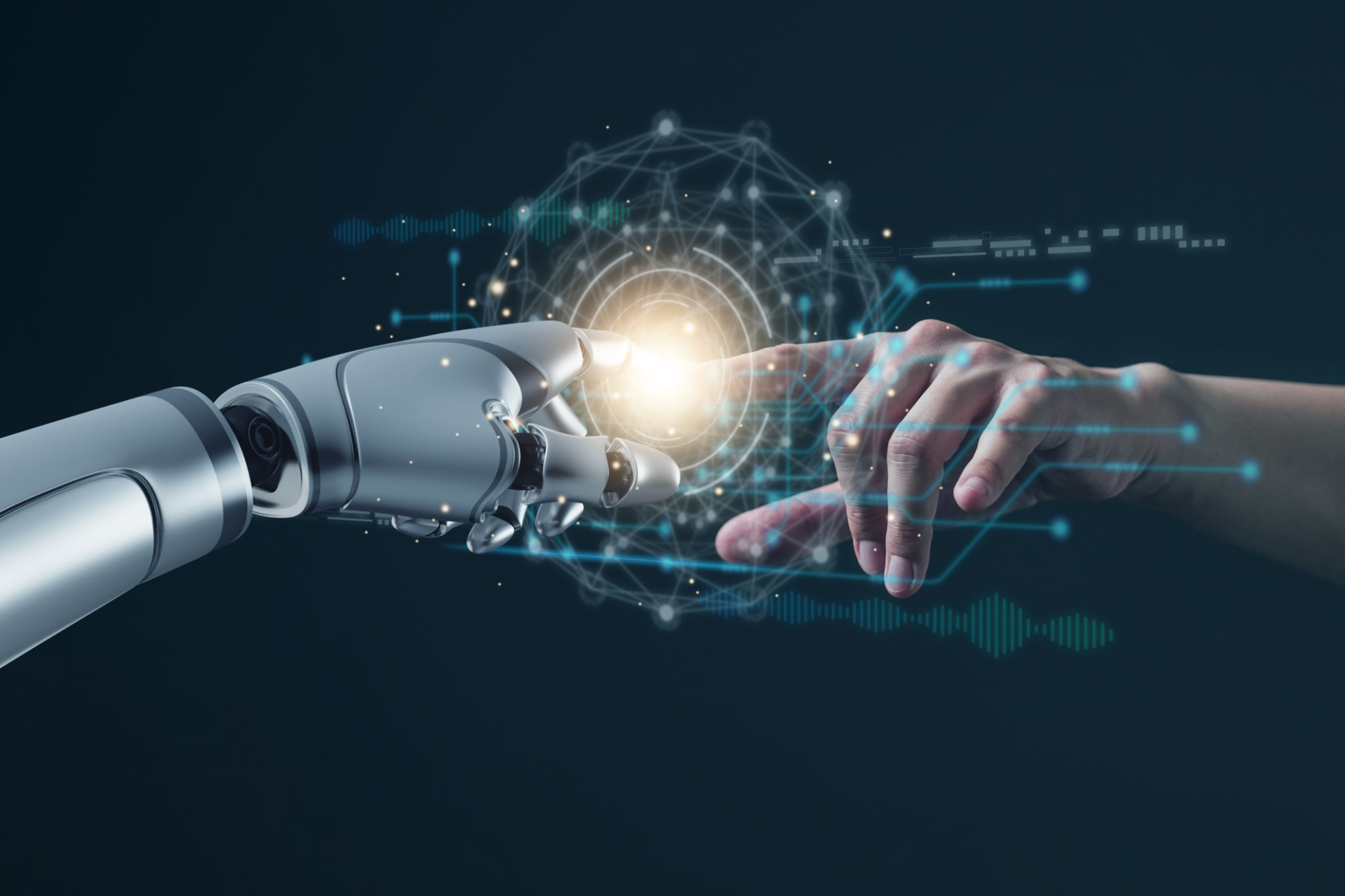Common Misconceptions About AI in the Real World: What You Need to Know
Understanding AI: Separating Fact from Fiction
In recent years, artificial intelligence (AI) has become a buzzword, often surrounded by myths and misconceptions. As AI continues to integrate into various aspects of our daily lives, it is crucial to distinguish fact from fiction. This helps in making informed decisions and embracing AI's potential without unnecessary fear.

AI Will Replace All Jobs
One of the most prevalent misconceptions about AI is that it will replace all jobs, leaving people unemployed. While it's true that AI can automate certain tasks, it also creates new opportunities. Many industries are witnessing a shift rather than a complete job loss. For instance, AI can handle repetitive tasks, allowing humans to focus on more complex and creative responsibilities.
According to a report by the World Economic Forum, AI is expected to create 97 million new jobs by 2025. These roles will likely require skills in managing and working alongside AI technologies. Thus, rather than fearing job loss, it's beneficial to focus on upskilling and reskilling.
AI Is Fully Autonomous
Another common misconception is that AI operates independently, making decisions without human intervention. In reality, most AI systems function within specific parameters set by humans. They require vast amounts of data and human guidance to learn and improve. For example, machine learning models need human input to train and validate their algorithms.

Moreover, ethical considerations often demand human oversight. Decisions with moral implications or those affecting human welfare cannot be left solely to AI systems. Humans are essential for ensuring that AI applications align with societal values and legal frameworks.
AI Can Think and Feel Like Humans
People often attribute human-like thinking and emotions to AI due to its ability to mimic certain human behaviors. However, AI lacks consciousness, emotions, and self-awareness. It processes information based on algorithms and data patterns but does not possess the ability to feel or understand in the human sense.
This misconception often leads to unrealistic expectations about AI's capabilities. While AI can perform tasks efficiently and accurately, it doesn't genuinely comprehend them as a human would. Understanding this limitation is crucial in setting realistic expectations for AI applications.

AI Is Infallible
AI is often perceived as flawless and immune to errors. However, like any technology, AI is subject to mistakes and biases. These can stem from biased data input, flawed algorithms, or unforeseen scenarios that the AI wasn't programmed to handle. Ensuring accuracy and fairness in AI systems requires continuous monitoring and updates by developers.
Recognizing that AI can make errors highlights the importance of human oversight in critical applications such as healthcare and finance. By acknowledging these limitations, we can better prepare for potential risks and mitigate them effectively.
Conclusion: Embracing AI with Caution and Optimism
As AI continues to evolve, understanding its capabilities and limitations becomes increasingly important. Dispelling common misconceptions allows us to harness AI's potential responsibly and ethically. By staying informed about how AI truly functions, we can embrace its benefits while mitigating potential risks.
Incorporating AI into society requires a balanced approach—one that welcomes innovation while remaining mindful of ethical considerations and human welfare. By doing so, we can ensure that AI serves as a tool for progress and empowerment.
